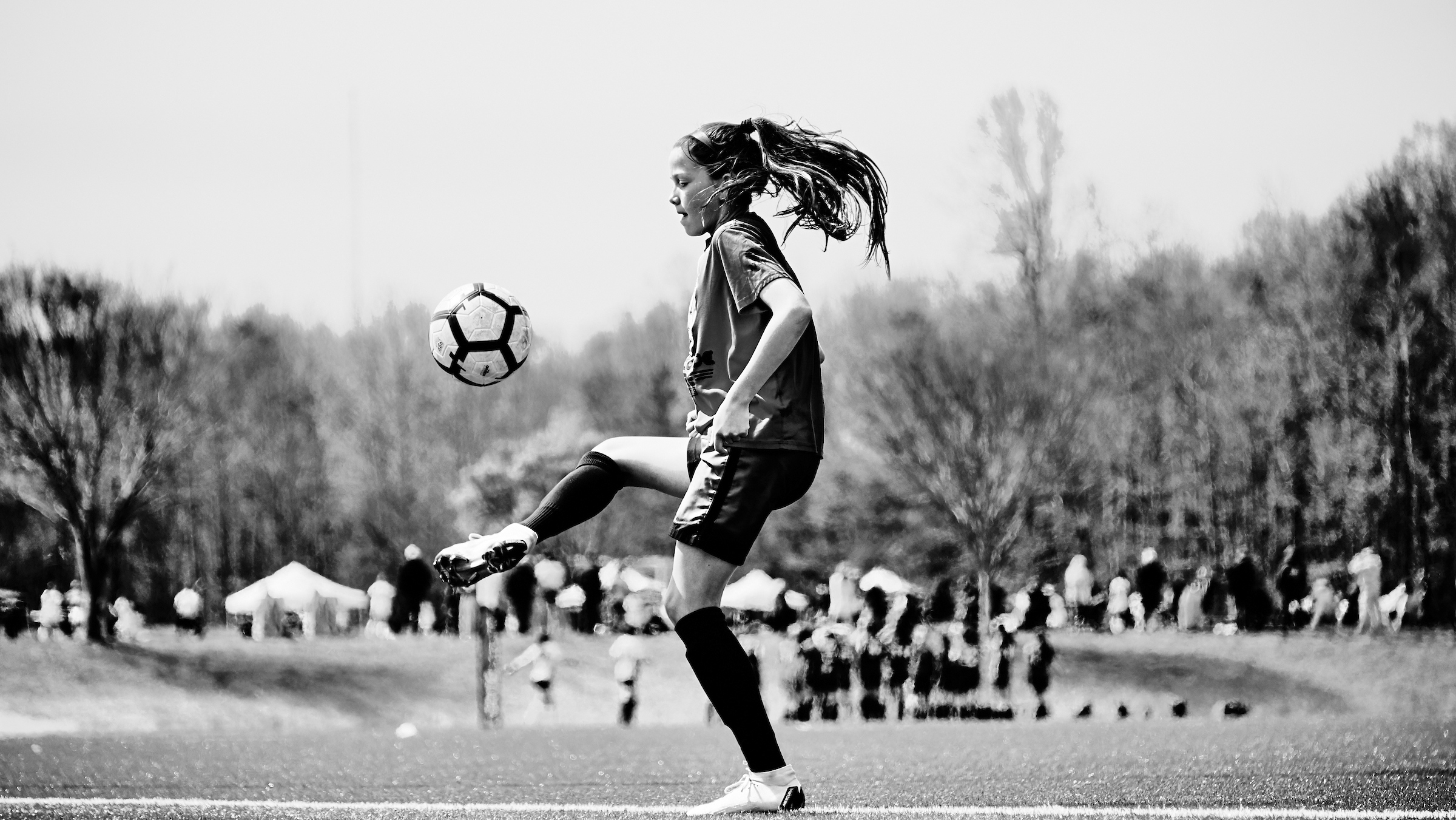Does playing soccer make you smarter?
By the impressive cumulative GPAs of some of the teams I have worked with, you might wonder if it did. But academic achievement isn’t the same as intellectual wellness. A “well brain” is one that’s inquisitive, open to new ideas, able to question and think critically, and willing to explore creatively. In short, it’s the kind of mind the world desperately needs today.
Our question: does soccer-playing support the development of a healthy, well-functioning mind?
On its face, that’s quite a difficult question … because how do we really know how a brain is working, especially in a kid? And definitely, how can we tell in a mercurial teenager? After all, part of the reason for their unpredictability is that their brains are still maturing. And, by this we mean new nerve pathways are being created and new connections are being made.
But that’s exactly why the issue of intellectual wellness is so important. Because young brains are developing especially rapidly, they are both malleable and fragile. This neuroplasticity – that we now know continues throughout the life span – is accentuated in young brains. So, the healthier the growth- environment, the better for the development.
From what I see on the pitch and in the classroom, I’d say the opportunity for developing healthy, inquisitive minds in our soccer-loving kids is there, but we do not always take advantage of it. Here are three main factors at play: the science, the learning environment, and the practice.
The Science
Science gives us the best news: regular bouts of moderate to vigorous exercise are GREAT for the brain. Exercise increases nerve growth factors in the brain which help build and maintain nerve cell circuitry, and it seems to help balance the neurotransmitters which communicate neural messages.
The even better news is that in an environment which requires decision-making and regular adaptation, the stimulatory effect is even more pronounced. New connections form and message conduction happens even more successfully. In short: brains activated regularly by challenging bouts of varied exercise show structural changes which favor learning, memory and cognitive processing.
Hard to believe? Then, consider your own experience. I’ll bet you’ve had this happen: right after you finish exercise and you’re cooling down, collecting your gear or driving home, you discover the answer to something that’s eluded you until now. You find your thinking is clearer, sharper, and calmer. Many people report that they get their best ideas in the after-workout shower. It’s not a fluke. Exercising our bodies in ways that also make our brains work is great for the mind.
The Learning Environment
This one depends on us. Here are two scenarios:
#1. Coach is in charge: Practice is regimented. Instruction is detailed. X’s are O’s are drawn. Strategy is equational. Players are meant to comply exactly. Everyone “knows” what to do, and those who do it “right” are rewarded. Training is repetitive. Performance is repeatable and may be quite successful.
#2. Coach is a teacher: Practice creates an environment for players (or students) to discover the best way to accomplish the learning objective. Cues are given, but player-decisions determine the run of play. Guidance is given via observation and questions. Players are encouraged to discover, by trial and error, what works and what doesn’t and to experiment with new ways to accomplish given objectives.
Which scenario will develop brain health and enhance intellectual wellness? #2 of course. And it’s a win, no matter the game score. Guided decision-making is the best way to help kids learn and inspire them to want to keep learning. It’s how we help them chart a healthy course through that new, tangled brain circuitry. The soccer pitch can be the perfect place for this, if we let it.
The Practice
Here’s where things get sticky, and I’m gonna get some angry comments. Pretty much every kinesiologist I know wonders why we continue to let our kids use their heads to direct a soccer ball. They raise the question because much of the research suggests that the accumulation of even sub-concussive head impacts can negatively affect brain structure and function. And there may be consequences later in life.
I know. I know. Heading is “part of the game.” I played. I coached. I headed soccer balls. And I’ve written extensively on the Fit2Finish page about ways to manage and protect young players against concussions so they can stay in the game. I’m a BIG believer in strengthening the torso, core and neck muscles, in teaching gradual progression and in using proper technique. And execution, oh my! Can we please help them learn how to judge a ball in the air?!
But what no one knows is what is downstream for these kids, especially those who head lots of balls, including punts and driven balls, both in practice and in games. And what about the highly competitive ones who regularly experience body-to-body and head-to-head collisions?
Yes, inventors continue to create and market devices designed to “protect” the brain. In my opinion, we need to tread lightly here. The brain is not just a balloon we shouldn’t pop or an egg we mustn’t crack. It is a magnificent and exquisitely tuned living organ – 100 billion nerve cells carrying critical information, hosting trillions of mini-conversations, and making real-time decisions in an instant.
Do we risk rocking this boat? Because if playing soccer helps kids’ brains work well, then we want them to keep playing.
Frankly, I’m not sure we’ve ever found ourselves at a time more in need of minds that are inquisitive, open to new ideas, able to question and think critically, and willing to explore creatively. And, as a parent I’ve found the most important thing I want for my kids and those I coach is for them to become good decision-makers. Not just on the field but in life.
Next Up: Soul Wellness: Helping Kids Approach the Big Questions (Coming soon)








